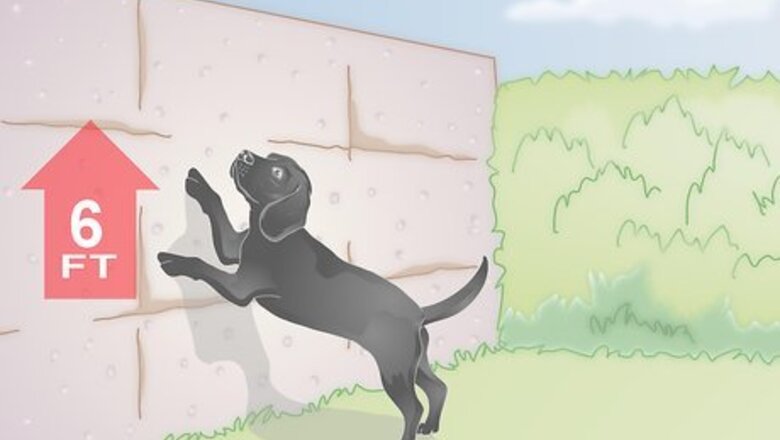
views
Securing the Garden
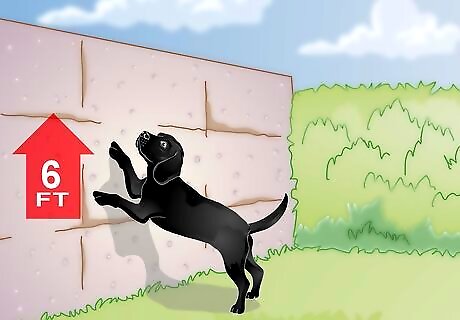
Be sure that you have adequate fencing or walls. If you intend to let your dog roam off-leash in your garden, it should be securely enclosed with sturdy, continuous fencing or walls. The barrier should be high enough to prevent your dog from jumping over it and dense enough to prevent your dog from going through it. Six feet is generally high enough for most dogs. If your dog is an exceptional vertical jumper or a good climber, go for seven or eight feet. Secure construction materials include vinyl, wood, iron, chain link, concrete, brick, and masonry. Pick the type of perimeter barrier you want according to your budget and taste. If your dog is especially crafty, they may be able to climb chain link or other fences with gaps or holes that offer potential footholds. Split-rail fences will not keep your dog in because the gaps between the poles are too big. Similarly, you also need to make sure that your dog cannot dig under the fence. If necessary, bury chicken wire just beneath the surface to provide a dig-proof layer. If you opt for a wooden fence, be sure that the lumber has not been treated with CCA. It’s a chemical that’s toxic to dogs.
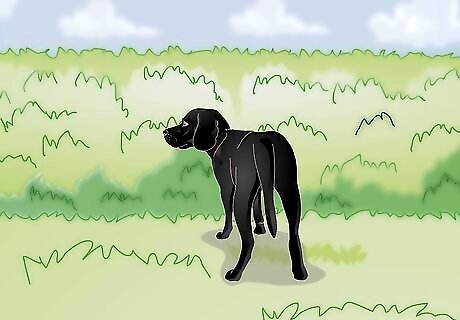
Consider limiting your dog’s visibility. If your pooch is prone to barking at or chasing after other dogs or animals, it’s a good idea to install solid-paneled privacy fencing. This will prevent them from seeing beyond your garden and help keep bad behavior and excitability under wraps. If your dog is susceptible to outside temptations, don’t use chain-link or picket fencing that gives them a clear view of the surrounding area.
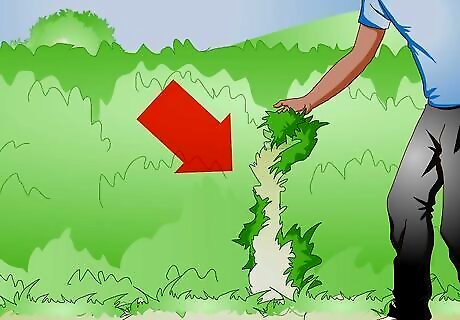
Check for any holes or gaps in the perimeter. Once your controlled barrier is in place, be sure that there are no other sneaky ways for your dog to escape. Inspect the bottom of all your fencing or walls, and check the openings under any doors or gates to be sure that your pet can’t wiggle through. If your dog is a determined escape artist or prodigious digger, you may need to create an underground barrier in addition to your fence. Consider installing rebar, wire fencing, or concrete beneath your fencing to prevent your dog from tunneling out. If your dog keeps digging a hole in the same spot, you can deter them from repeat offenses by covering it with bricks or pavers, filling it with gravel, or simply putting some of their own feces in it.
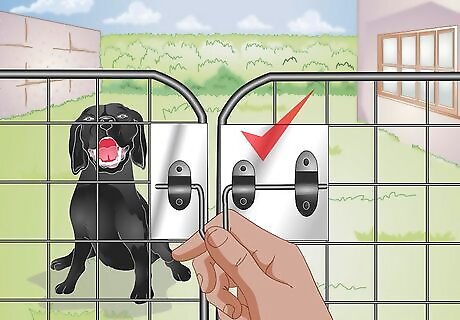
Get latchable gates. You want any exit from your garden to have a secure closure that your dog is unable to open. Either the latch should be so high that it’s out of their reach or so tricky to work that only human fingers can open it. Remember to always keep gates firmly closed when your dog is out in the garden.
Removing Hazards
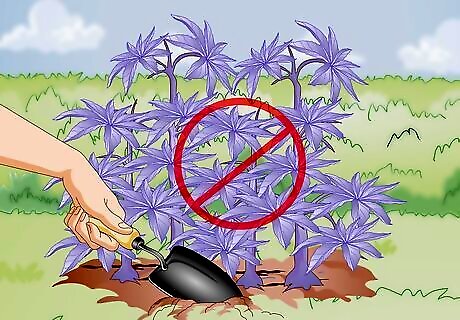
Avoid growing plants that are toxic to dogs. You could build a fence around the perimeter of the toxic plants. Many common garden flowers, like Daffodils or Azaleas, are poisonous to pooches. Even vegetables and herbs that are harmless to humans, such as Parsley and Fennel, can be toxic for canines. Dogs can very easily sniff, chew, and ingest plants that are detrimental to their health if left unsupervised, so it’s important to minimize their chances of being poisoned by eliminating high-risk plant species from their stomping grounds. The deadliest plants that result in the most annual poisonings for dogs include: Castor Bean, Caladium, Dumb cane, Rosary Pea, Larkspur, Foxglove, Autumn Crocus, Sago Palm, Black Locust, Yew, and Oleander. The ASPCA has an extensive alphabetical list of both those plants that are toxic and safe for dogs. Look up the status of plants that currently exist in your garden or ones that you’re thinking about planting. It’s best to avoid or remove species that are poisonous to your pet.
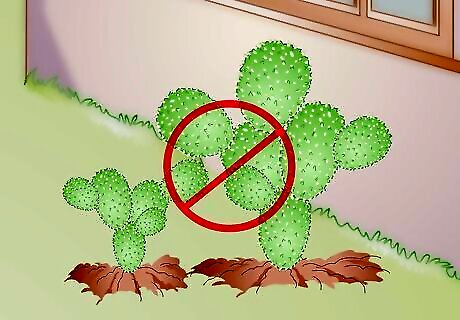
Avoid growing thorny plants. Even non-toxic plants can be dangerous for dogs if they come with nasty thorns or spines. To avoid abrasions and eye injuries, keep spiky plants like cacti, yucca, or blackberries well out of your dog’s reach.
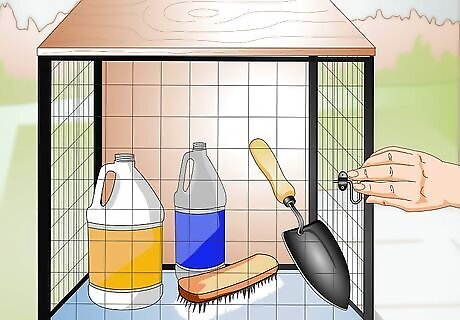
Keep tools and chemicals securely locked up. Protect your pooch by storing all tools (from axes to rakes) and chemicals (from fertilizers to antifreeze) in a garden shed with a latch or lock. Remember, if you’ve recently treated your lawn or plants with pesticides or fertilizers, you should keep your dog out of the garden altogether. Use non-toxic and/or organic options whenever possible.
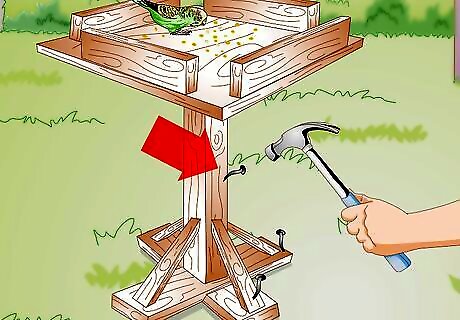
Minimize hazards. Take care to address any potentially dangerous features in your garden or landscaping, such as exposed wires, protruding nails, or sharp edges on your furniture or fencing. If you store your trash or recycling in your garden, be sure to keep it in bins with tightly fitting lids. If you can, store them in an out-of-reach shed. When landscaping, opt for dog-friendly materials. For instance, use mulch and cedar chips rather than sharp gravel for lining beds. Avoid using chemicals, such as slug or snail killer, which can be toxic to dogs. Take steps to keep vermin and snakes out of the garden by raking up leaves and removing debris, which provide a place for them to hide. Avoid standing water, such as bird baths or small ponds, as these can harbor dangerous blue-green algae or infections such as leptospirosis.
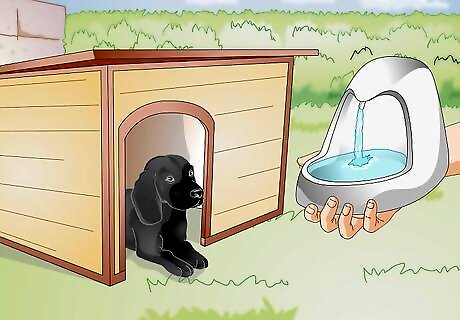
Provide shelter and water. If you intend to leave your dog out in the garden unsupervised, it’s a good idea to give them a place to escape from the elements, like the heat and rain. Either install a doghouse or be sure there’s a shady area with an overhang that’s accessible to your dog, like an arbor or gazebo. Ensure that your dog doesn’t get dehydrated by keeping a water dish outside and filling it with fresh water each time you let them out into the garden.
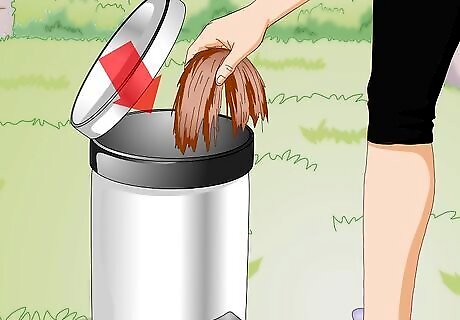
Keep the compost out of reach. Weeds can be toxic to dogs, so it’s wise to use a covered compost bin in your garden to keep them from poking around in it.
Protecting Your Garden
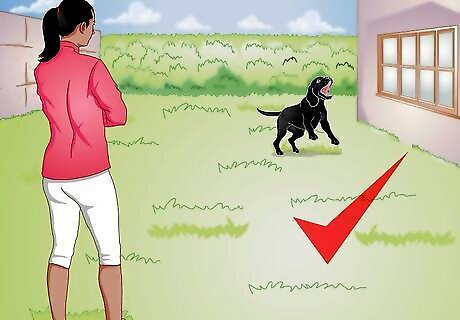
Design your garden with your dog in mind. When you’re planning your outdoor space, consider your pet’s traits and needs. First and foremost, they need a place to go to the bathroom and a place to run around. If you don’t provide these designated areas for your dog, they’ll run and relieve themselves wherever they like. Even if you don’t have a large yard with lots of open space, keep in mind that your dog will at least need a path to run on. Make sure that its width is at least 3 feet. If they already have an informal route established through the garden, consider making it into a formal path. Create an easy-to-clean place where your dog can do their business. Cover it with grass, gravel or cedar chips, and train your dog to always go there when they want to relieve themselves. This is a great way to protect your lawn and plants. If you have a male dog, you might want to add a designated marking post, like a fence post or a stump, where he can regularly stake out his territory. If your dog loves digging, consider giving them a sand pile where they can act out on that love to their heart’s content without ravaging your plantings.
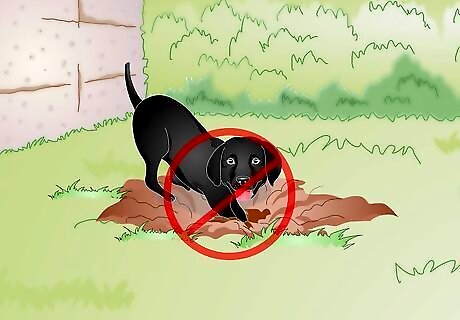
Avoid exposed dirt or soil. Many dogs like to dig, play, and lie down in cool dirt. This can not only damage your garden but also lead to serious messes once they come inside. Eliminate this possibility by covering exposed soil with hardly mulch, like bark or wood chips, and making sure paths are paved or covered with pebbles.

Plant densely and wisely. The larger and closer together your plantings are, the less likely your dog is to trample over them or run through them. Don’t bother with plants that are not hardy enough to withstand an occasional romp. The most practical varieties of plants for your dog-friendly garden include sturdy shrubs, hardy perennials, grasses, and trees. If you want to grow small, delicate plants, keep them safe in large pots, boxes, or hanging planters.
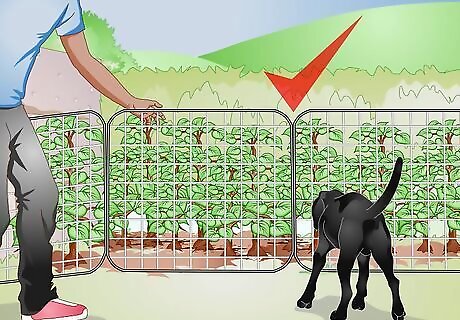
Secure plant beds and borders. Put up low borders, barriers, and/or fencing to protect plantings. These usually don’t need to be high enough to physically keep your dog out, just serve as visible reminders that encourage them to steer clear. If you choose to use fencing, be sure that it’s sturdy and high enough to deter your dog from crossing it but also porous enough to let the sunlight through for your plants. For instance, you don’t want to use a solid wall of railroad ties or other privacy fences as a barrier. Chain-link fences, split-rail fences, or decorative garden fencing are more appropriate. Alternatively, you can create raised beds to ensure that your plantings are on another level from your dog’s play area. If your dog still has a tendency to run through your plantings or vegetable patches, make the fencing more formidable and at least four-feet high.



















Comments
0 comment